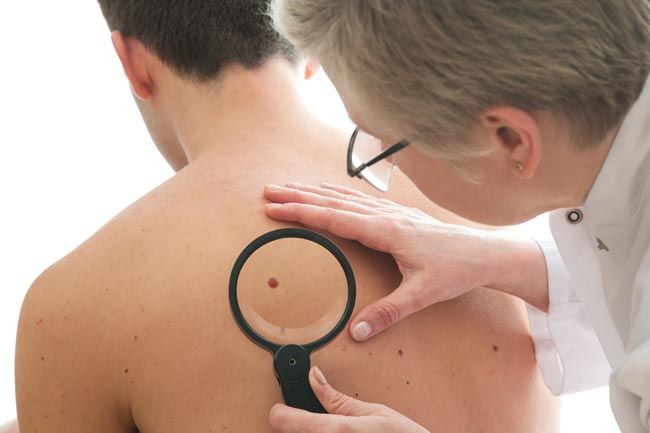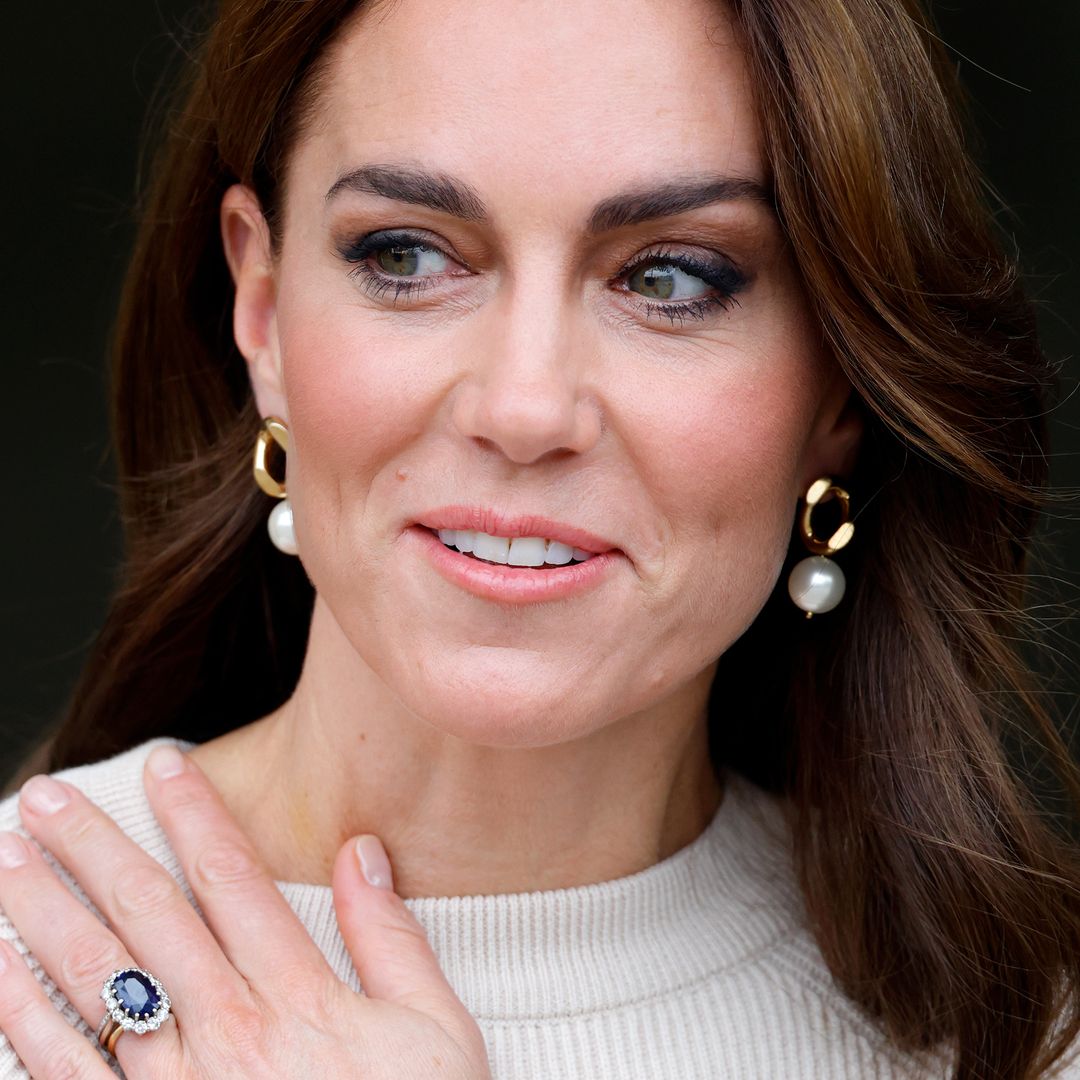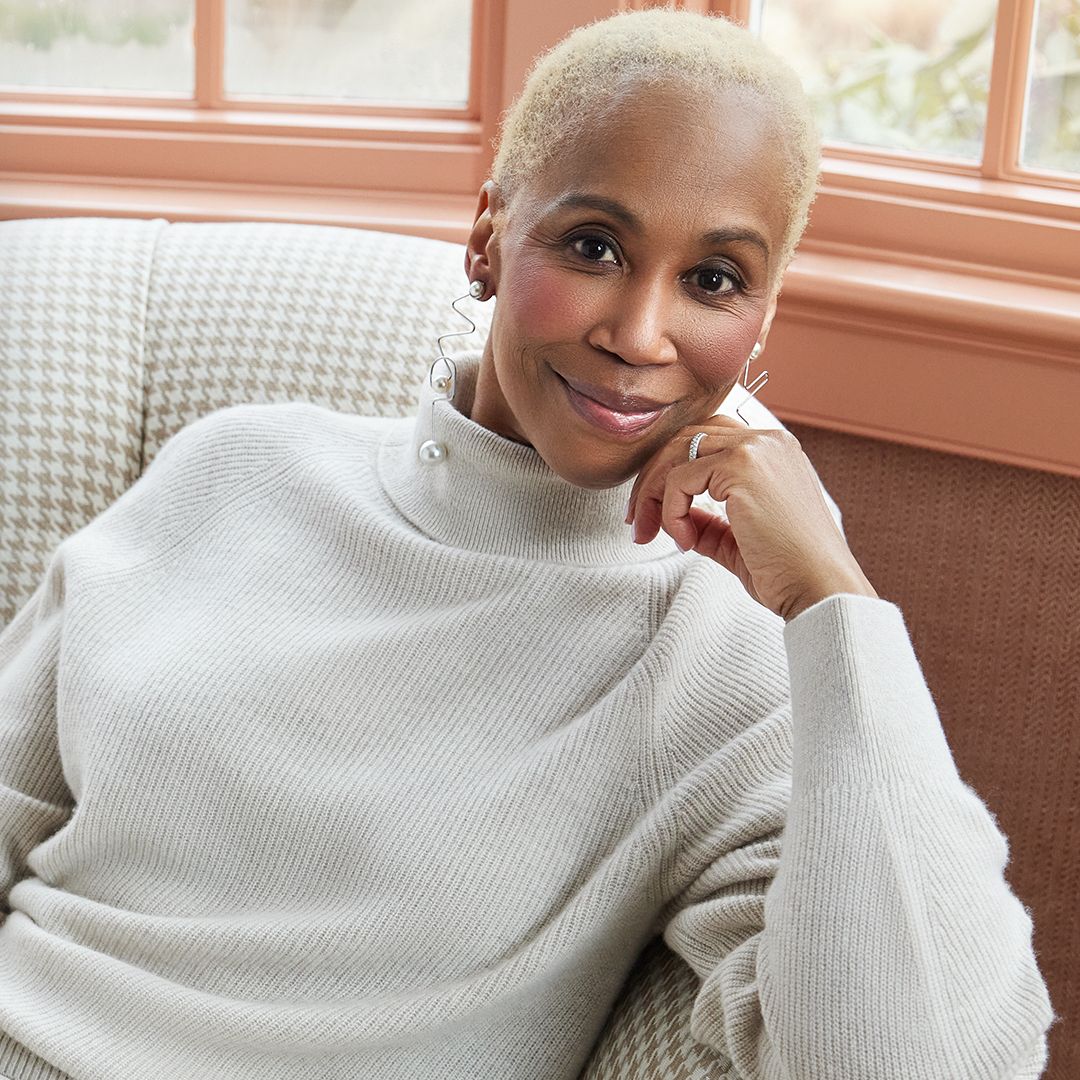It’s been a glorious summer and we’ve all been soaking up the rays – but when we’re seeking suntans it’s easy to forget about skin safety, so desperate are we to get out into the rays and soak up some Vitamin D. But it’s vital to keep aware of the dangers of sun exposure – and to keep track of your own health it’s really important to make sure that you know every inch of your skin.
We hear a lot about the importance of regular breast and prostate checks. We visit the doctor for smear tests and are called for bowel tests once we hit 50. But while we spend a lot of our lives looking at our skin – how many of us are actively keeping track of our own moles, and being alert to any changes?
It’s something that is very important to do. Around 7 people a day die from skin cancer in the UK and it’s not something that only effects older people. In fact, 3 people under 25 are diagnosed each day with skin cancer – and the outcome of this diagnosis is hugely influenced by how early the cancer was spotted.
Whether you get checked at a clinic or do it it home, regular skin checks are vital
One way to do this is visit a mole check clinic, where a trained doctor or nurse inspects and photographs all your moles each year and alerts you and your doctor to any potential changes. Cosmedics is one such establishment, where visits to Dr Ross Perry allows you to have all your moles and freckles checked and documented. "The first step is always your GP," he says. "If you’re worried about anything then go to your GP and they can refer you on if something looks concerning. The most important thing is to look at all of you. Once you’re out of the shower, or if you’re at the gym, somewhere in front of a mirror, you need to be able to compare your moles. So what you’re looking for is the ugly duckling sign – basically a funny looking mole."
It can be really hard to detect changes though, without a record of what the mole used to look like, and those of us committed to skin monitoring were excited when we heard about a new app, MoleScope, which made the process easier. The free version allows you to photograph your moles with your mobile phone, mapping your pictures onto a 3-D image of your body and allowing quick and simple comparisons of photographs from a month, a few months or a year ago, to make sure you can alert you doctor the moment things seem to be changing.
MORE: Skin cancer - the one sign you could be missing
But it’s the advanced version which comes complete with a mobile dermoscope to attach onto your smart phone (they have different lenses depending on your make and model of phone) which really makes this app a standout. Photographs of your skin can be hard to compare; if you’re not taking the picture from exactly the same angle, in the same light, or even if you’re holding your body in a different way, the pictures can look very different. With the dermoscope you remove a lot of those variations, by pressing the lens directly onto the skin. If your mole is bumpy or pale and vascular, there’s a contact-free option too that allows you to hold the attachment directly onto your skin but not actually push down on it.
The mapping part of the app is simple. You literally select a part of the 3D body and add the photos. Then each month or two, however often you monitor yourself, you add the new photos. The A/B comparison button allows you to pick two photos, the present one, and one from the past, to show on your screen, side by side, to easily see if there are any changes. Moles do change over time, and some of those changes are harmless, but this means you can see your doctor if you notice anything unusual, armed with high quality images for them to see for themselves.
MORE: How to stay safe in the sun
However you choose to monitor your skin – whether it’s in front a mirror at home, using an app or paying for regular check ups at a skin clinic, the one takeaway message is that it’s vital you know the danger signs. "A dangerous mole is usually pretty obvious. It will be more dark, more irregular, possibly it will be changing over time," Dr Perry continues. "But most people would be able to spot the one abnormal-looking mole on a body, so it’s just so important you take the time to check."









